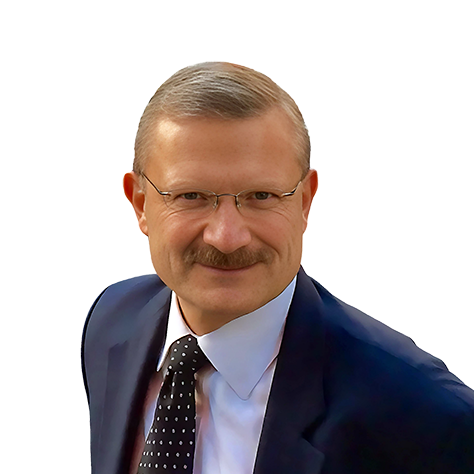Lower back pain is one of the most widespread medical complaints in the world. Whether it’s dull and constant or sharp and sudden, this type of pain can quickly interfere with daily life — from sitting at work to getting a good night’s sleep. Fortunately, there are many effective ways to relieve lower back pain, whether it’s from a minor strain or a more complex issue.
Common causes of lower back pain
Lower back pain can originate from a variety of physical stressors and medical conditions. The most common include muscle or ligament strain due to improper lifting, poor posture, or repetitive movements. Others may experience pain related to degenerative disc disease, spinal stenosis, herniated discs, or sciatica — conditions that place pressure on the nerves in the lower spine.
In some cases, back pain may be the delayed result of trauma, such as a car accident or fall. While the pain might start off mild, it can become chronic if not properly addressed.
When home remedies can help
For many people, mild lower back pain can improve with a combination of self-care strategies at home. These methods aim to reduce inflammation, promote mobility, and support the natural healing process. Heat or cold therapy, short periods of rest, and maintaining gentle activity throughout the day are often the first steps.
It’s important to note that complete rest is rarely helpful. Prolonged inactivity can weaken the muscles that support the spine, often making the condition worse. Instead, movement—done carefully—can accelerate healing.
Improving posture and everyday habits
Posture plays a major role in both causing and relieving lower back pain. Many people spend hours hunched over desks or looking down at phones, which places excess pressure on the lower spine.
Adjusting daily habits can make a significant difference. Keeping your feet flat on the floor, sitting with lower back support, avoiding slouching, and taking frequent breaks to move throughout the day can all support spinal health. Even small improvements in ergonomics at your workstation or in your sleeping position can lead to meaningful pain reduction over time.
Stretching and gentle movement for relief
Incorporating gentle stretches into your daily routine can help release tension in the lower back, increase flexibility, and strengthen the muscles that support your spine. Effective movements often include knee-to-chest stretches, pelvic tilts, and hamstring stretches.
Low-impact exercises like walking, swimming, or beginner yoga can also provide long-term benefits. However, it’s essential to listen to your body. If a movement worsens your pain, stop and consult a medical professional before continuing.
When to seek professional help
If your pain:
- Lasts longer than one to two weeks
- Radiates into your legs or feet
- Causes numbness, tingling, or muscle weakness
- Interferes with sleep, work, or daily activity
- Gets worse despite self-care
…it’s time to consult a pain specialist. These symptoms could indicate a more serious spinal issue, such as a herniated disc or nerve impingement. In such cases, conservative treatment may not be enough.
How Dr. Dariusz Nasiek can help
At Allied Neurology & Interventional Pain Practice, Dr. Dariusz Nasiek, MD, brings over 40 years of medical experience and triple board certification to his patient-centered approach. His mission is not only to reduce your pain but also to help you regain function, mobility, and quality of life without unnecessary surgery.
Dr. Nasiek begins each case with a thorough diagnostic evaluation to determine the root cause of your back pain. This may include physical exams, imaging, and nerve testing. Based on his findings, he creates a customized treatment plan tailored to your unique condition and goals.
Treatment options for lower back pain
At Dr. Nasiek’s clinic, patients benefit from non-surgical, minimally invasive therapies designed to address pain at its source. Depending on the diagnosis, treatment options may include:
- Epidural steroid injections to reduce inflammation around nerves
- Nerve blocks for targeted pain relief
- Radiofrequency ablation to disrupt pain signals
- PRP (Platelet-Rich Plasma) therapy to support natural healing
- Coordinated physical therapy and rehabilitation programs
Each treatment is performed with precision, safety, and compassion. Dr. Nasiek’s team also offers referrals for complementary therapies like chiropractic care or acupuncture when appropriate.
Combining approaches for long-term success
The most effective pain relief often comes from a multidisciplinary approach. That means combining medical treatments with physical therapy, lifestyle adjustments, and patient education. Dr. Nasiek’s clinic focuses on not just treating symptoms but empowering patients to take control of their recovery and long-term spine health.
This approach helps reduce dependence on medication, avoids the need for invasive surgeries, and leads to more sustainable outcomes.
Regain control over your life
Living with lower back pain doesn’t have to be your normal. Whether you’re dealing with pain from sitting at work, recovering from an injury, or coping with a chronic spine condition, there are solutions that work — and Dr. Nasiek is here to help.
Backed by decades of experience and thousands of procedures, Dr. Nasiek provides advanced, evidence-based pain management with a compassionate touch. His focus is always on your well-being, and his goal is to help you return to the life you love.

